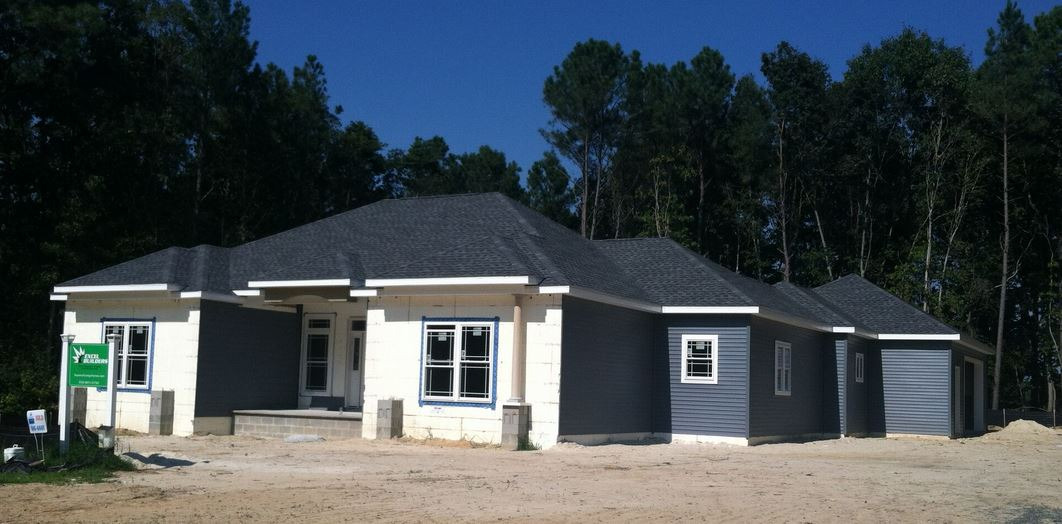
Understanding Resilience in Construction: 4 Critical Considerations

ICF Tornado Safe Rooms or Shelters for Homes and Small Businesses
ICFs and Severe Weather
The steel reinforced concrete, which can cure stronger than normal concrete because of the foam insulation, can withstand winds of over 200 MPH, and projectile debris traveling over 100 MPH. There are dozens of eye witness examples of ICF homes taking EF5 tornadoes head on with the walls still standing.

Staying Safe: Fortified Construction Protects Your Home & Family
Fortified home construction refers to using materials and techniques in combination with one another to make your home stronger and more resilient as a shelter.

Benefits of Building an Energy-Efficient Home in Florida

6 Home Building Trends for 2020 Home Buyers
Homebuilding trends largely reflect the demands of the Millennials — the largest home-buying group entering the housing market as first time home buyers.

Why Fox Blocks ICF Safe Rooms Provide the Best Protection During Dangerous Wind Events

Built to Weather Any Storm, Resilient Buildings Strive to Withstand Climate Events

5 Common Misconceptions About ICF Construction
ICF construction creates modern structures that are energy-efficient, durable, disaster-resistant, and have good indoor environmental quality (IEQ). ICF construction is also strong, flexible, fast and easy to install. Unfortunately, even with these many benefits, some architects and contractors are reluctant to utilize it due to misconceptions about ICF construction.

Considerations for Building an Energy-Efficient Home in Texas
How to Build Energy-Efficient Home in Texas: Things to Consider